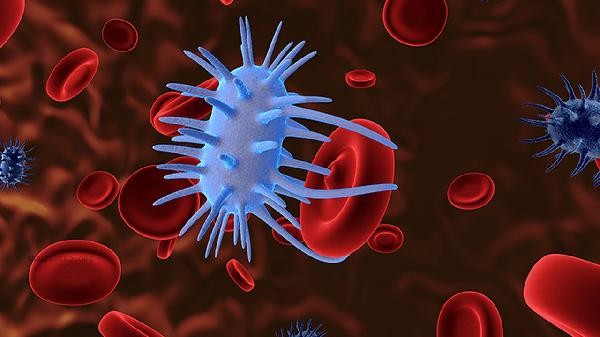The high erythrocyte sedimentation rate may be caused by infectious diseases, inflammatory reaction, anemia, malignant tumor, autoimmune disease and other reasons. It needs to be judged comprehensively in combination with other inspection indicators.

1. infectious diseases:
Bacterial or viral infection will stimulate the body to produce inflammatory reaction, which will lead to the increase of acute phase proteins such as fibrinogen, and promote the aggregation and accelerated sedimentation of red blood cells. Commonly seen in respiratory tract infections, urinary tract infections, etc., usually accompanied by symptoms such as fever and fatigue. After controlling the infection, the indicators can gradually return to normal.
2. Inflammatory response: Chronic inflammatory diseases such as rheumatoid arthritis and systemic lupus erythematosus can continuously produce inflammatory mediators, alter plasma protein composition, and increase the bridging effect between red blood cells. These patients often have typical symptoms such as joint swelling and pain, rash, etc., and require anti-inflammatory treatment and immune regulation.
3. Anemia status:
Diseases such as iron deficiency anemia and hemolytic anemia can lead to a decrease in the number or abnormal morphology of red blood cells, resulting in a decrease in sedimentation resistance in the plasma. Patients may experience symptoms such as pale complexion and dizziness, which need to be improved by supplementing iron supplements and treating the underlying disease.

4. Malignant tumors:
Some tumor cells secrete abnormal proteins or trigger paraneoplastic syndrome, causing changes in blood rheology. Lymphoma, multiple myeloma and other hematological tumors are particularly significant, often accompanied by warning symptoms such as weight loss and lymph node enlargement.
5. physiological factors:
Mild elevation may occur in women during menstruation, mid to late pregnancy, and elderly people over 60 years old. Temporary factors such as intense exercise and high-fat diet can also affect the results, and it is recommended to have follow-up examinations every 2-4 weeks to eliminate interference. When the erythrocyte sedimentation rate is found to increase, it is recommended to improve the supporting examinations such as C-reactive protein, blood routine, immunoglobulin, etc. Daily attention should be paid to maintaining a regular schedule, avoiding staying up late and overexertion. Increase the intake of fresh fruits and vegetables in diet, and reduce high oil and high salt foods. Moderate aerobic exercise such as brisk walking, swimming, etc., but avoid vigorous exercise that may affect the test results. It is recommended to monitor changes in indicators every 3-6 months for middle-aged and elderly populations, and seek medical attention promptly for any other abnormalities.









Comments (0)
Leave a Comment
No comments yet
Be the first to share your thoughts!